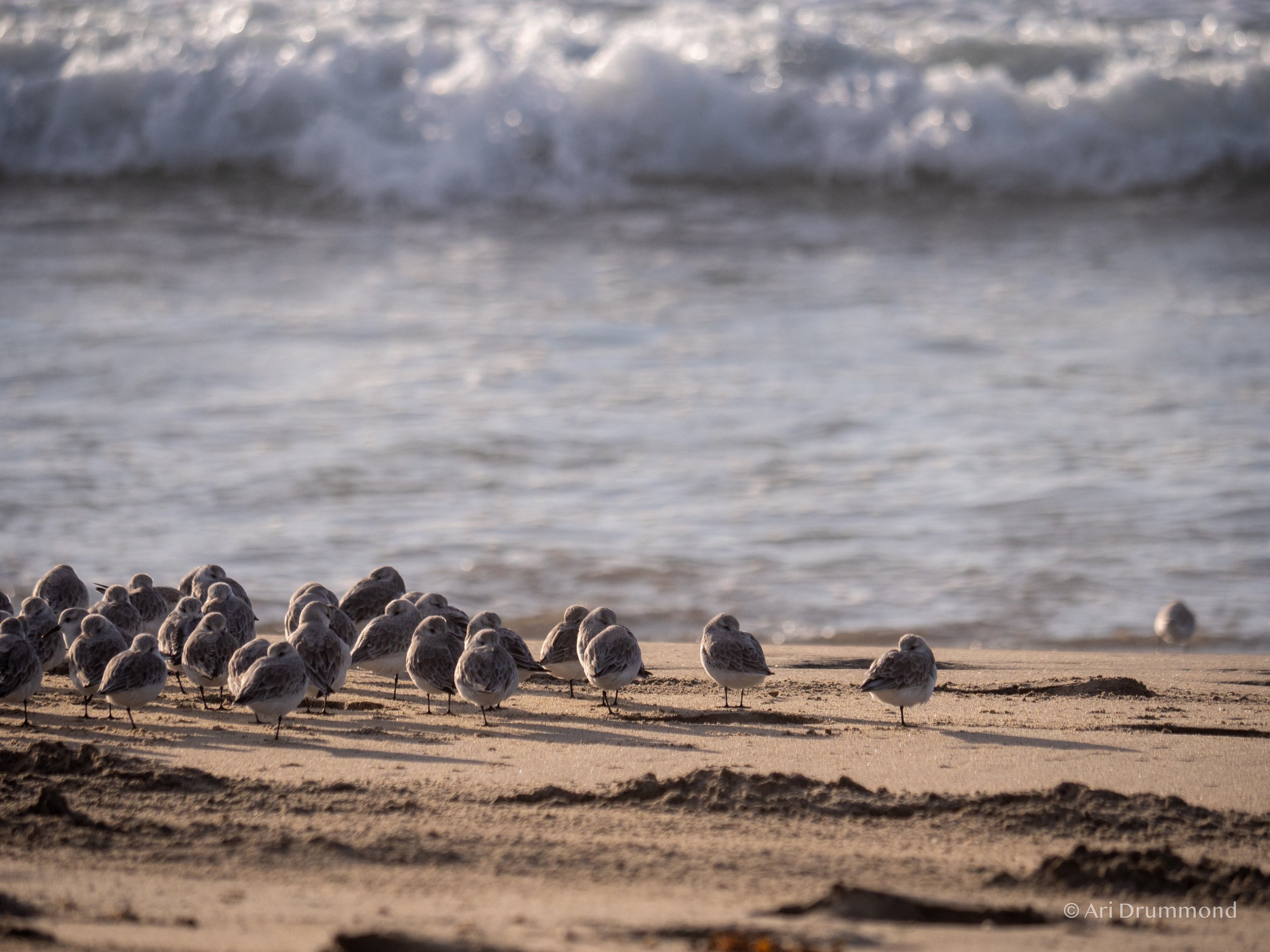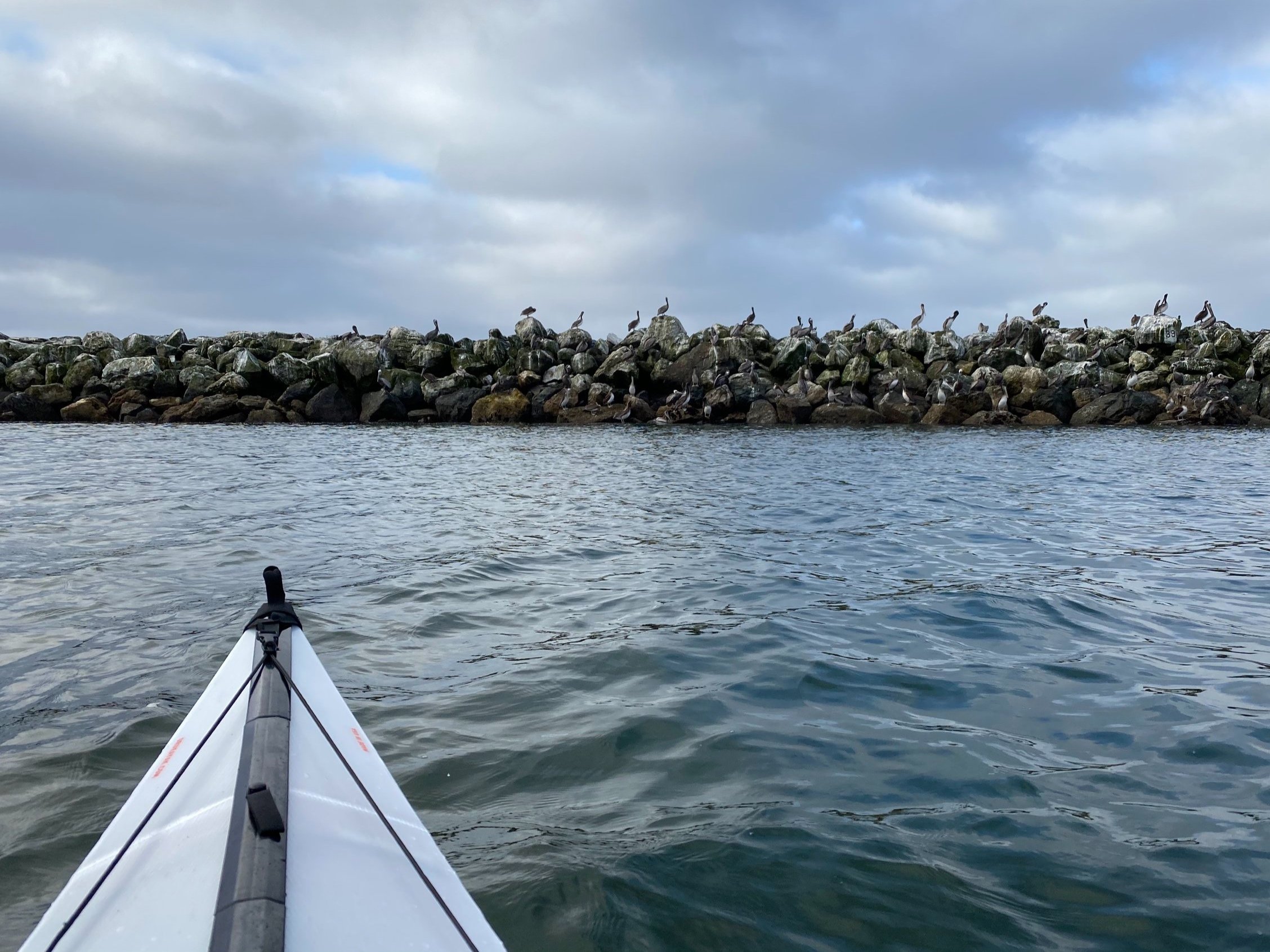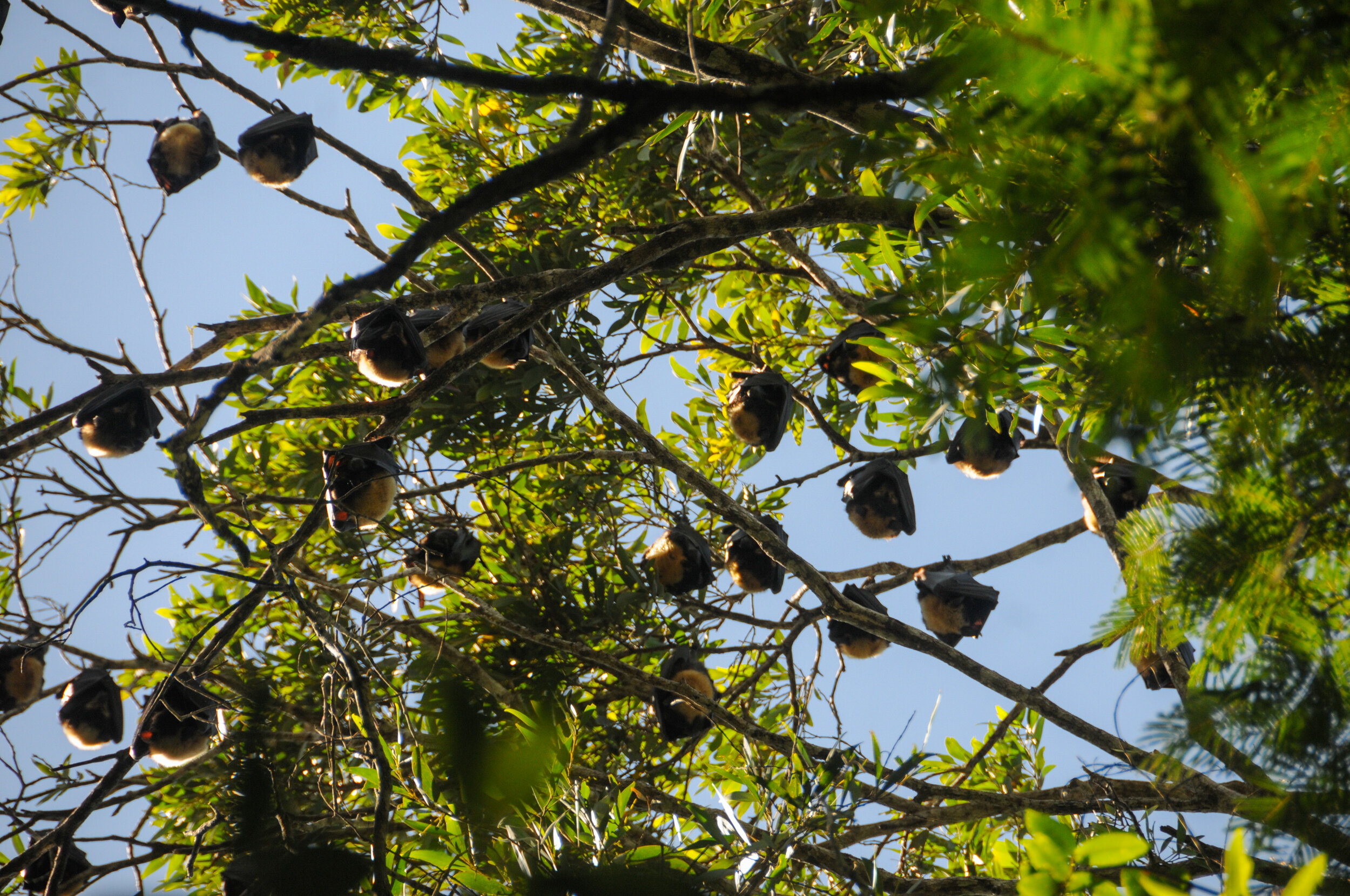
Hello,
I’m Ari!
I’m a marine biologist working on my PhD.
I seek answers to questions about how living things gather and use information.
My favourite model species to answer these and other questions in biology are CRUSTACEANS!
The best thing about an information-centric approach to biology is that it enables me to approach old problems with a fresh perspective, potentially uncovering novel methods and solutions to issues regarding conservation, biodiversity, global change, and even human health and wellbeing.
Research
I study information, sensation, and sensory biology to better understand how organisms experience the world around them, leading to all sorts of fascinating behaviours. From bats to barnacles I research how animals interact with their environment and other living things.
Humans have either altered or infiltrated every habitat on Earth. Organisms must assess and respond to these changes. I am interested in exploring how they go about this, especially in marine habitats. What sensory systems do they use? What types of information (chemicals, light, sound, etc.) are they responding to? Why are some types of information more important than others and how does this evolve over time? What is the impact of external information on internal processes (metabolism, for example)? How do human alterations to the environment impact information processing ability, decision making and survival? These are the questions I investigate in the lab and field using my two favourite model organisms: hermit crabs and isopods.
Exploration and Photography
I’m not only a researcher; I am an avid adventurer. In my free time, I love to get outside and explore and observe the natural world. Part of this includes always having a camera at the ready to help record and share my observations and experiences.
I love photography and use photographs as a medium to help share my discoveries when out and about. For me, pictures are sources of personal motivation and research inspiration. I enjoy all types of photography and challenging myself to explore different techniques. However, my favourite subjects are animals just “doing their thing.” This includes capturing videos and images through a different kind of lens: a microscope. For me, microscopy isn’t just a tool of the trade; it is a source of endless wonder.
Conservation and Education
Outside of academia, my research has two goals: conservation and education. Between rescuing wildlife along the Northern California coast and saving spectacled flying-foxes in extreme heat events, I spend a great deal of time helping others learn about science and nature.
I’ve volunteered with local organisations around the world to address conservation concerns. I also helped to develop community engagement initiatives, especially in early education, STEM and citizen science. I am passionate about protecting native habitats and the organisms we find there. I hope to spread this passion to people all over the world. We may not be able to restore what’s lost, but together, we can preserve what remains.







